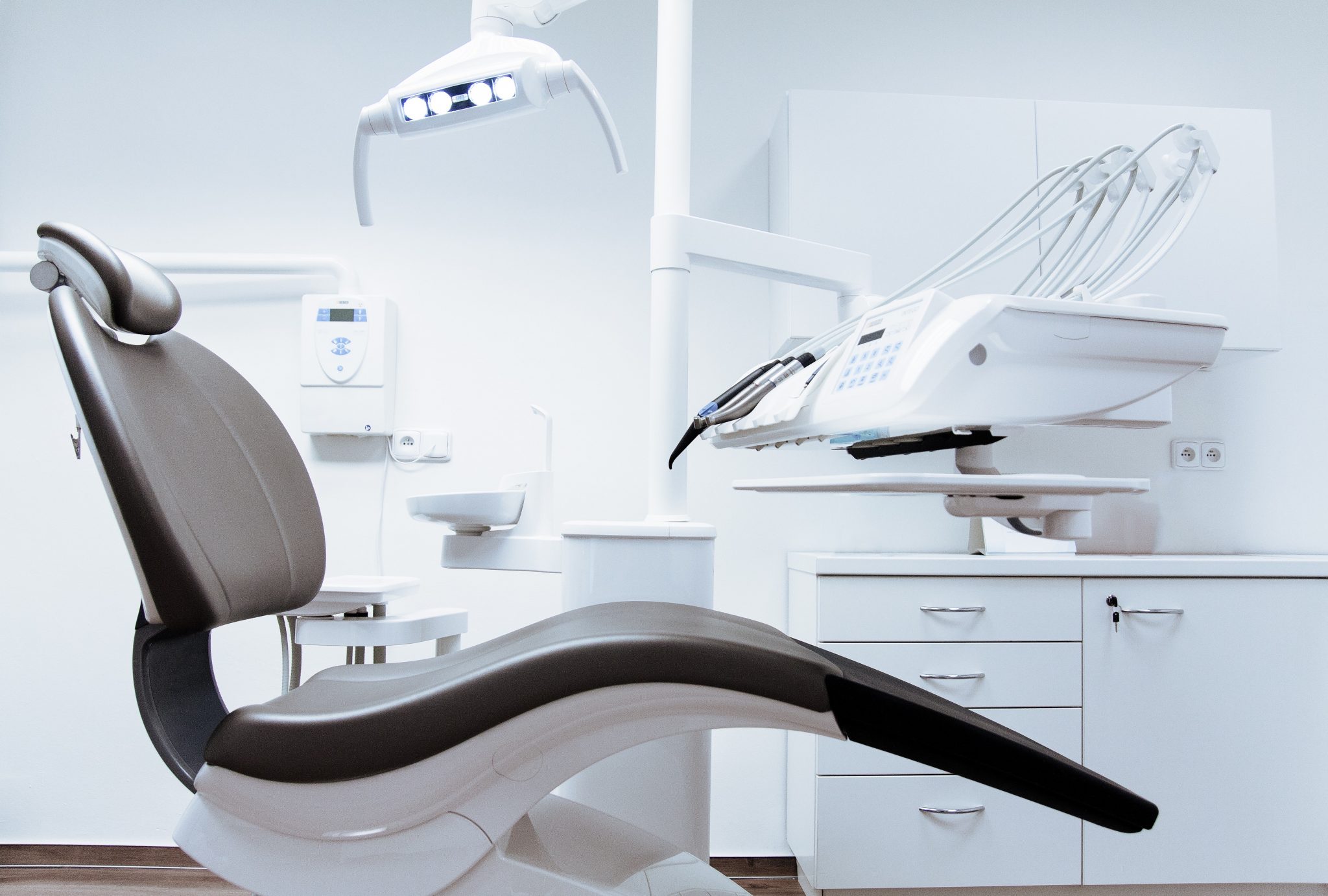
What is Gum Grafting?
Has your dentist recently told you that you have receding gums? You’re not alone! Many adults suffer from this all-too-common dental issue.
Often a result of periodontitis, receding gums is a condition wherein gum tissue gradually pulls away from the teeth. If left to develop, gums may pull away to the point where the tooth root is exposed, increasing the risk of tooth loss.
Gum grafting is a surgical procedure involving the replacement of gum tissue with tissue taken from other areas of the mouth. While some patients are intimidated by gum grafting, they’re often surprised to discover that the procedure is actually straightforward and painless.
The Benefits of Gum Grafting
Restoring gum tissue provides several benefits to patients with receding gums, including:
Improved Smile
Receding gums can make teeth appear too long and uneven, resulting in a less attractive smile. During a gum graft, the gum tissue is added and shaped to restore your smile’s symmetry and natural appearance.
Protects Teeth From Decay
Gum recession exposes tooth roots, increasing the odds of tooth decay. Covering those exposed roots prevents plaque buildup from spreading below the gum line, threatening tooth health.
Reduced Tooth Sensitivity
The more a tooth is exposed, the more sensitive it gets. Hot or cold food and drinks may cause discomfort or even pain. Restoring gum tissue with a gum graft prevents tooth sensitivity from developing.
The Gum Grafting Process
It may surprise you to learn that gum grafting is a quick procedure requiring very little prep. The only preparation necessary is a consultation with your doctor at our Wellesley dental office. During this consultation, your doctor will gauge the severity of your recession and discuss the operation with you. Then, all that’s left is to schedule your gum grafting procedure.
Applying the Anesthetic
Before beginning the procedure, your doctor will apply a local anesthetic to the areas of your mouth on which they plan to operate. This anesthetic numbs your mouth, preventing any pain or discomfort during the procedure.
Removing the Tissue
Once your mouth is numbed, the doctor removes a small section of tissue from another area of your mouth to graft onto your gums. This tissue is usually taken from the roof of the mouth, beneath the outer tissue layer.
Grafting the Tissue to the gums
Next, the section of donor tissue is stitched into place over the exposed tooth root. After healing, this tissue will fuse with the rest of your gum tissue, providing a natural appearance and enhanced periodontal health.
Aftercare
While the gum grafting procedure is painless, you may experience a little discomfort as the anesthetic wears off. Your doctor may prescribe pain medication to help ease the discomfort and make the healing process more manageable. During the 1-to-2-week recovery period, eat only soft, cold foods and avoid brushing or flossing the grafted area. Finally, your doctor will schedule a follow-up consultation to ensure that your graft is healing well.
The Cost of Gum Grafting in Wellesley
The cost of a gum graft can vary depending on several factors, including:
- The type of graft you require
- The number of teeth requiring the graft
- Whether or not you have insurance
The good news is, in many cases, gum grafts qualify as preventative care, meaning many insurance providers cover the cost. If you don’t have dental insurance, expect to pay around $600 to $1200 per tooth.
Remember, no one can give you an accurate quote for the cost of a gum graft online or over the phone. The only way to know for sure how much your gum graft will cost is by calling our Wellesley dental office to schedule a consultation, or booking an appointment online today.
Contact us today
to schedule an initial consultation & exam.
Your consultation will include an examination of everything from your teeth, gums and soft tissues to the shape and condition of your bite. Generally, we want to see how your whole mouth looks and functions. Before we plan your treatment we want to know everything about the health and aesthetic of your smile, and, most importantly, what you want to achieve so we can help you get there.
Our guarantee
We understand how difficult it can be to cope with sleep apnea and strive to offer you compassionate care. If you have any reason to feel dissatisfied with our customer service during this trying time, please let us know. We would love to have to opportunity to resolve any issues or problems you may have.Frequently Asked Questions
Thanks to local anesthetics, gum grafting procedures are virtually painless. As the anesthetic wears off, you may feel some sensitivity and discomfort. Many doctors prescribe pain medication to combat this.
With proper care and good dental hygiene, you can expect your gum graft to last for the rest of your life. A gum graft is made of living tissue that fuses to the surrounding tissue, forming a permanent bond.
Expect 1 to 2 weeks for a complete recovery following a gum grafting procedure. Complications from gum grafts are exceedingly rare. But if infection occurs, or the graft comes loose, make sure to contact your doctor immediately to address the issue.







